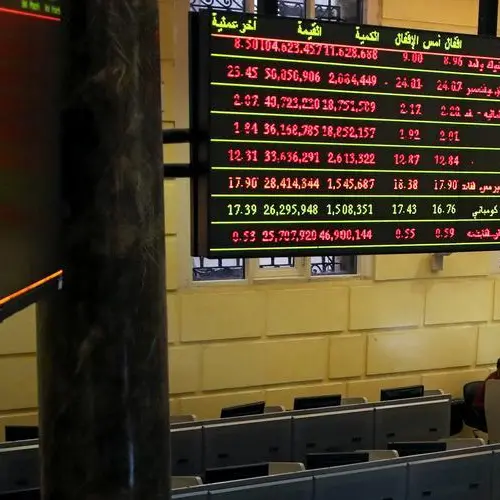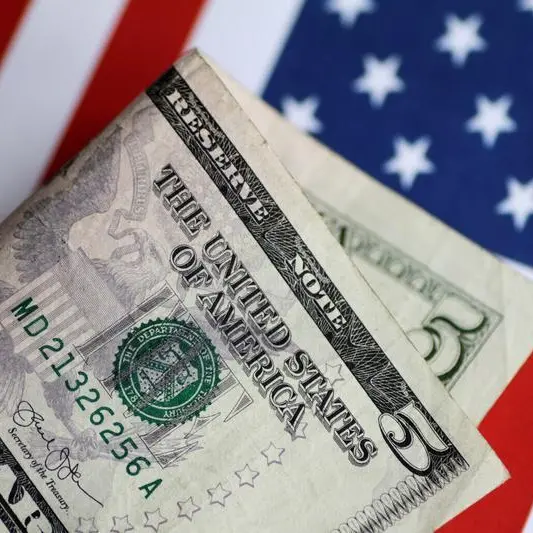In our last monthly column, at the end of June, we detailed our tactical decision to start reducing our exposure to risk. After having been defensive during the crash and then fully invested during the rally, we expected, and still expect, turbulences in the near-term. So we reduced our allocations to equities, in Developed Markets in particular. Two weeks ago, we also decided to take partial profits on Gold. The precious metal was our largest overweight and it was up 20%, outperforming all other asset classes. We kept it overweight, but reduced its weight by around 1.5% across our recommended profiles. Today I will not detail our current positioning (you can find them on our website) but share some thoughts about timing.
Let me start with the latest moves I just described. In the meantime, the equity rally didn’t stop: the MSCI World is up 4% so far in July. Since we reduced our overweight in Gold, the precious metal also appreciated, lifting its year-to-date performance from 20% to 25%, with a clear acceleration last week. So objectively, we would have had a better performance by keeping our allocations as they were earlier in June, i.e. overweight in stocks and extremely overweight in gold. So far, our (very) recent market timing is wrong.
The key question is: does it matter?
As always, the key element of the answer comes from the numbers – everything is quantifiable in investments. Parenthetically, this is why the first thing one should always ask of a bank, irrespective of the prestige of its brand and the perspicacity of its speeches, is the performance of its recommendations. Back to our point: on average across our profiles, not changing our allocations from June would have added between 10 and 15 basis points today, i.e. +0.10% to 0.15%. This is the objective loss of opportunity from our changes. It’s not nothing as every basis point matters. To put things in perspective, so far in 2020, the returns of our cautious, moderate and aggressive tactical asset allocation grids are respectively +4% +2.4% and +0.2%. Thanks to our previous calls, cutting exposure in February and aggressively adding in the middle of the March crash, our recommendations outperform our long-term strategic benchmarks and maybe more importantly our competitors by a wide margin, in hundreds of basis points. Interestingly enough, our previous moves were right, but their timing was not absolutely perfect: we bought stocks aggressively in March twice, and the first time was not at the trough of the market. Despite this, we are so far delivering on our promise to outperform? our competitors in difficult times, while trying to be broadly in line with them when markets are good.
Another relevant question would be: what does it take to get the perfect timing?
The short-answer is that it is impossible. Simply said, all market participants cannot have the perfect timing by definition (who would lose?). So if only a few had the ability to reliably and repeatedly make it, they would ruin all the others. It simply doesn’t exist, despite the efforts of an immense cohort of brilliant people in pursuit of this grail, especially within hedge funds. There are ways to enhance the probability of a successful timing, and there are theories, such as technical analysis, whose diversity in itself is a testimony to the fact that there is not one single method which actually works: betting on momentum is the opposite of identifying a trend-reversal pattern, for example.
The randomness of market timing is inversely proportional to the time horizon: the shortest, the worst. The short-term behavior of a volatile asset is unpredictable, unless you are a financial criminal manipulating it or trading on confidential information. Inefficiencies in the market exist, they can be identified, which makes active management relevant, but they are only corrected over time, as illustrated in a way by Keynes’ famous quote “markets can stay irrational longer than you can stay solvent”. We can compare this to coin flipping, heads or tails. Let’s imagine that you flip a coin five times and get the stunning situation of having 5 times “heads” as a result. The momentum believers will predict another “heads” for the next one, while the contrarian will expect mean-reversion to provide a “tails”. The ugly reality is that the probability is unchanged in the sixth independent attempt, unless of course something dishonest is going on. Actually, the only certainty brought to you by science is that if you flip the coin a million times, you should not be far from half a million occurrence on each of the sides. Anything else belongs to the field of speculation.
This is certainly not what you want for your hard earned wealth. It interestingly opens the broader question of mistakes in investment decisions. It’s not just about market timing, it’s about asset allocation, and securities selection. Mistakes are everywhere, in a significant proportion which would immediately put of business many other professions. Imagine a hairdresser going wrong on one third of his clients? In the investment world however, this could make you a superstar. It is estimated that the hit rate (percentage of winning decisions) in the hedge fund industry averages 55%. Yes, the arguably best and unarguably best paid money managers are wrong more than 40% of the time. This is why diversification is the absolute number one golden rule. Having said that, it’s not the same thing to have a losing position over one week or over three years. And at the end, if you deliver consistent returns, who care about your hit ratio? Portfolio management is not about not doing mistakes. It’s about being right over time, and having a portfolio construction which allows you to make more money when you’re right than what you lose when you’re wrong. It is difficult because it requires the ability to accept and even own mistakes, patience, and a risk management framework which doesn’t assume that your decisions will all be right.
This is also why we are concerned about the current boom of day-trading in the vast community of retail investors, which goes against these well proven principles. The short-term is unpredictable and it’s even more dangerous to take short-term positions on a single trade - without diversification. Any scheme pretending to provide a method (or a training) to win at all times on any volatile asset is simply a scam. The only apparent example of a perfect selection and perfect timing in the history of investment management was to be found on Bernard Madoff’s infamous, obviously fake, client account statements.
So, what to do?
The current market situation may be as unpredictable as ever. On asset allocation and selection: markets have rallied and are now expensive, with a very clear leadership of identified segments and securities, sometimes pushed into unreasonable territories by retail investors fever. How long could it last? On timing as well: the most critical catalyst is to get a vaccine against the coronavirus, but will it take weeks, months, or years? In the meantime, the US elections will happen in November, with an unknown outcome, and the currently fading economic momentum could get worse if the current social benefits in the US are not extended. Will they? For markets, a key driver will be the pace at which investors who still own piles of cash on the sidelines will put it at work. Or not?
It’s certainly not business as usual, but an unprecedented collection of uncertainties, meeting the elevated downside risks from expensive valuations. This is why we expect turbulences, but remember, this is what we already said one month ago and over this (short) period of time, markets have kept on rising. This is also why our defensive stance is material, but not radical. We may be wrong, we know it, we are not flipping a coin with your wealth.
Against such a backdrop, there is simply no short-term answer, but two structural solutions. The first one is diversification through a number of asset classes, regions and sectors, with a careful calibration of preferences which will limit the damages from mistake and provide enough time for identified inefficiencies to deliver additional performance. The second is simply to give up on the dream of timing the markets: it consumes an immense quantity of energy for at best random results. Instead, wisdom is simply to stay invested in the long term in a portfolio designed to match your time horizon. An interesting alternative, especially for risk assets, is to invest gradually and systematically every month. Let’s take an example. Had you invested AED 12,000 in a global equity index at the end of 2019 in one time, your investment would now be worth AED 11,800, slightly negative. But had you invested it at the end of each month between December 2019 and May 2020, your performance would be positive now and be worth AED 13,000. This is a way to benefit from volatility without spending sleepless nights trying to find the perfect throughs and peaks. This may be the topic of a next column, obviously taking much more data than the first part of this epic, atypical year. In the meantime, stay safe and invested for the long run.
* Any opinions expressed in this article are the author’s own
Disclaimer: This article is provided for informational purposes only. The content does not provide tax, legal or investment advice or opinion regarding the suitability, value or profitability of any particular security, portfolio or investment strategy. Read our full disclaimer policy here.
© Opinion 2020












